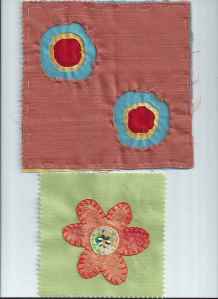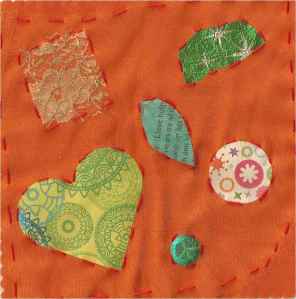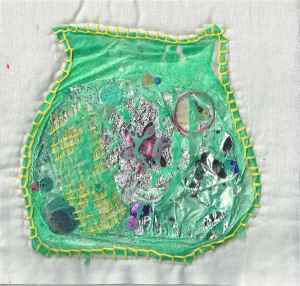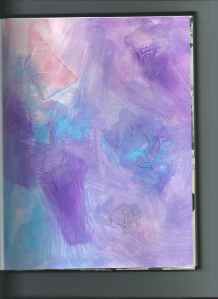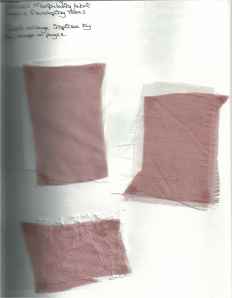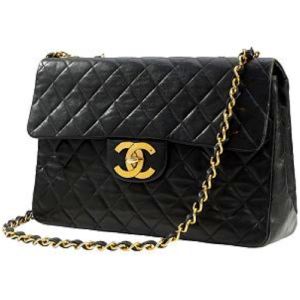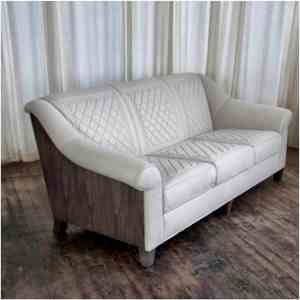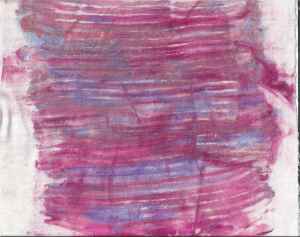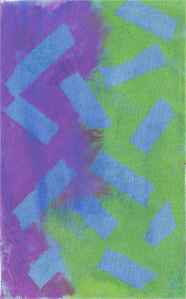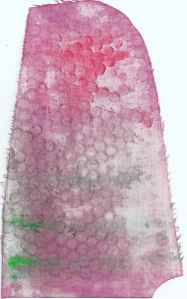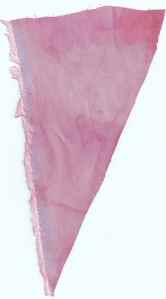Before I started with this exercise, I did some research on cut-back applique because I had never done that before. During my research I began reading about the Molas that the Kuna Indians make. I absolutely love their use of colour and the intricate shapes. The motifs used in the Molas are either geometric shapes such as mazes or figurative, such as people and animals.
When I started with the cut-back applique, I decided that I wanted to use some of the same bright colours that the Kuna Indians used. I used red, yellow, blue and an orange brown. The top fabric was not the best choice because is frays a lot, but I like the effect.
For the second sample I appliqued a flower on a cotton background. On top the flower I attached a flower shaped sequin.
In the sample below I trapped papers, candy wrappers, lace and a sequin between a layer of organza and cotton and sewed around the objects.
I do not have Tyvek, but I did experiment with melting plastic. I cut open plastic bags, put several layers on top of each other and ironed it. I then appliqued the plastic onto a background. I really like this technique especially because it is really unpredictable.

